Most visitors to Japan have probably heard about the Ueno zoo, the oldest in Japan and righteously world famous as part of the conservation efforts of many rare and near-extinction animals. But did you know there are several other zoos around Tokyo? And that one of them specializes in squirrels? Read on to find out more.
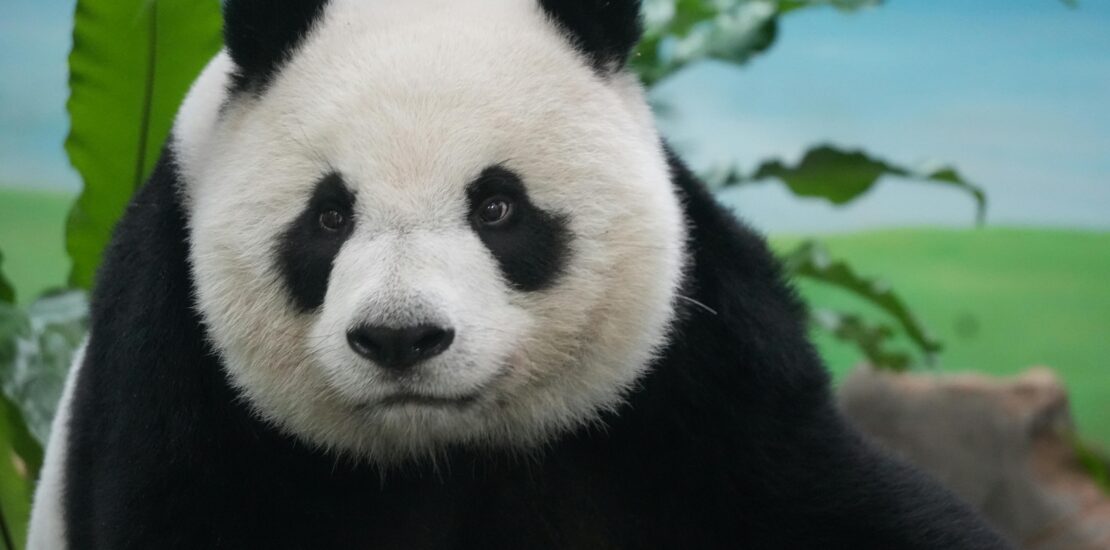
Just like in the West, showcasing exotic animals has a long tradition in Japan. There was an elephant on show in a temple in Nakano-ku in the 17th century (a gift to the shogun), but the animals kept in cages during the Edo era typically were insects or birds, rather than anything that needed space to move around. Troupes of trained monkeys were quite popular (still are, when you can find them), but that is more for their human-like behavior than their distinctive alienness.
Embracing the Zoos
When the Edo era ended, Japan embraced Western institutions with a vengeance. The foundation of a National Museum of Natural History meant creating a menagerie of strange and interesting species, which was judged so important that it was turned into an institution of its own in 1881, part of the several museums in Ueno Park, which just happens to be the oldest public park in Japan, opened in 1873.
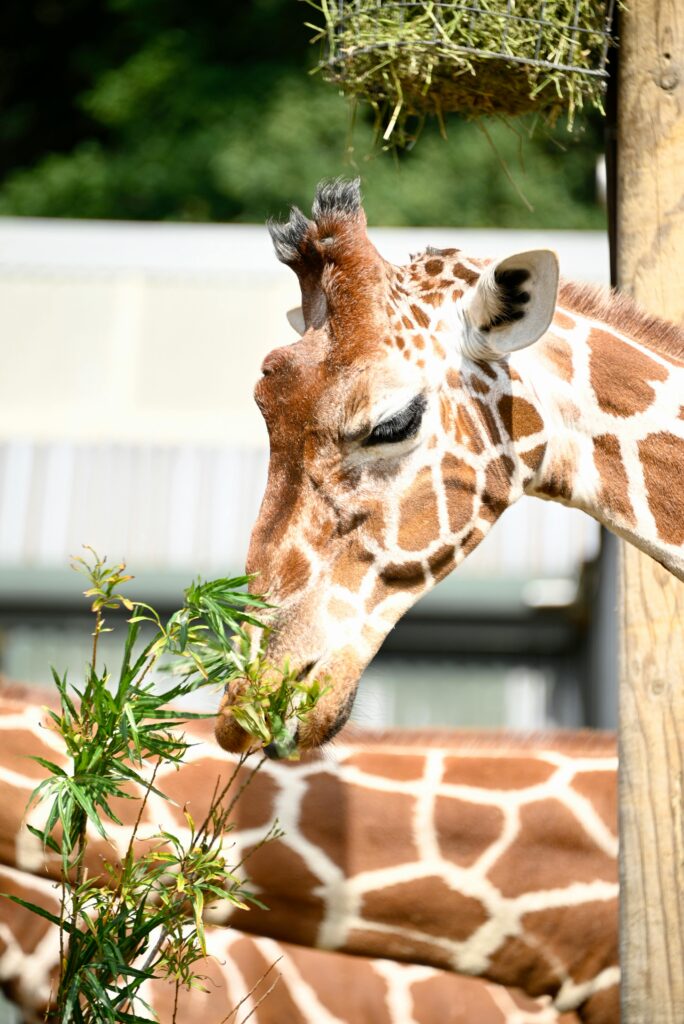
The zoos in Tokyo did not fare well during WW II, just like anything. Fearing for the welfare of the animals, the director of the zoo ordered them killed, which was performed not rapidly, but in a drawn-out process often characterized as unusual cruelty. It did not end there, however: The tiger cage was used to exhibit an American prisoner of war during the last months of WWII.
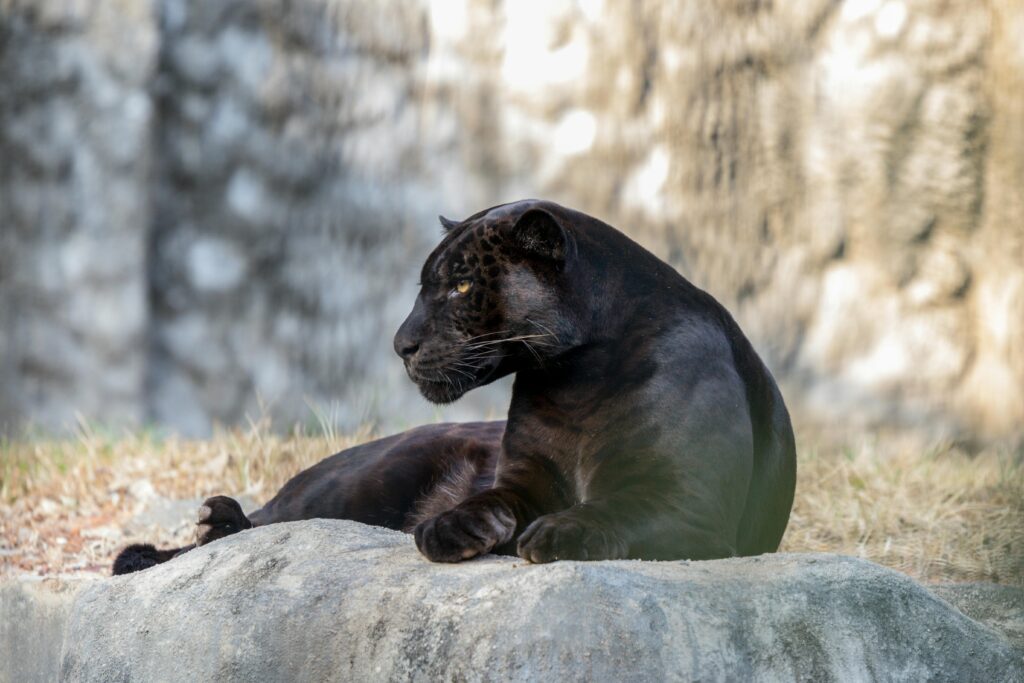
When Japan lost the war, rebuilding Ueno Zoo was not top of mind for the city fathers. But already in 1949, two elephants were imported to be exhibited to the public, and not long after, more animals started filling the enclosures.
Ueno Park is squeezed by urban developments, and even though several enclosures have been modernized to look like the natural habitats of the animals, their ability to roam is limited by definition. Many old concrete cages are still left.

Japan was the first recipient of “panda diplomacy”, where giant pandas are lent out to other zoos around the world to encourage them to mate and so increase the gene pool of this endangered species. The pandas instantly became extremely popular, making people form long lines to view the animals. You have to queue for up to seven hours just to see the pandas for one minute. The current occupants of the panda cages remain as popular as ever, however.
If Ueno Zoo is central but crowded, you need only take a train for less than 45 minutes to get to a facility that is more than three times bigger. Here, animals can actually behave like in their original habitats.
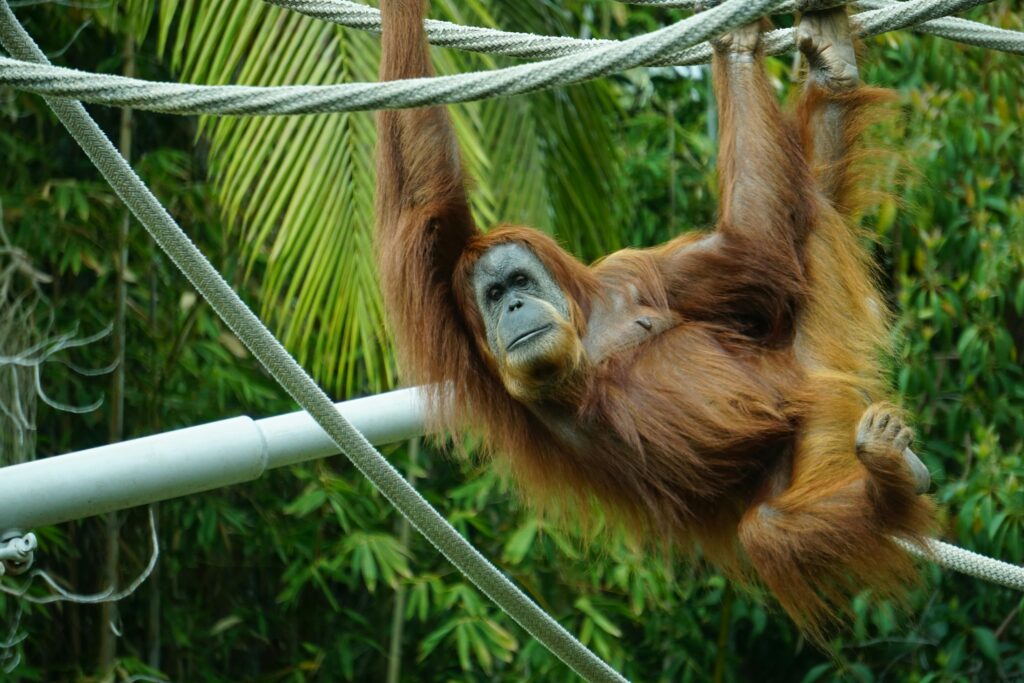
The zoo is easily accessible from the Tama-Doubutsukouen Station on the Tama-Toshi Monorail Line and the Keio Dobutsukouen Line.
Much closer to the city center is the Inokashira Park Zoo, located near the Kichioji upscale shopping and entertainment district; moreover, you will be taking the same train as Professor Kasukabe in “My Neighbor Totoro”, as this is the same area that is featured in the film (although fictionalized). On the other end of the park, housing the zoo is the Ghibli Museum, located there since this was the childhood neighborhood of Hayao Miyazaki, the principal auteur of the company.
Swan Boat Zoo Access
The Inokashira Park Zoo is spread out throughout the western half of the park, but you can also use the swan boats on the lake to access the zoo. It was founded already before WWII, but all animals died during the time, and when it was restarted, the zoo was focused more on small animals than elephants. Nowadays, the focus is on birds, both domestic Japanese birds and exotic breeds. It did have its own giant pandas for a while, however.
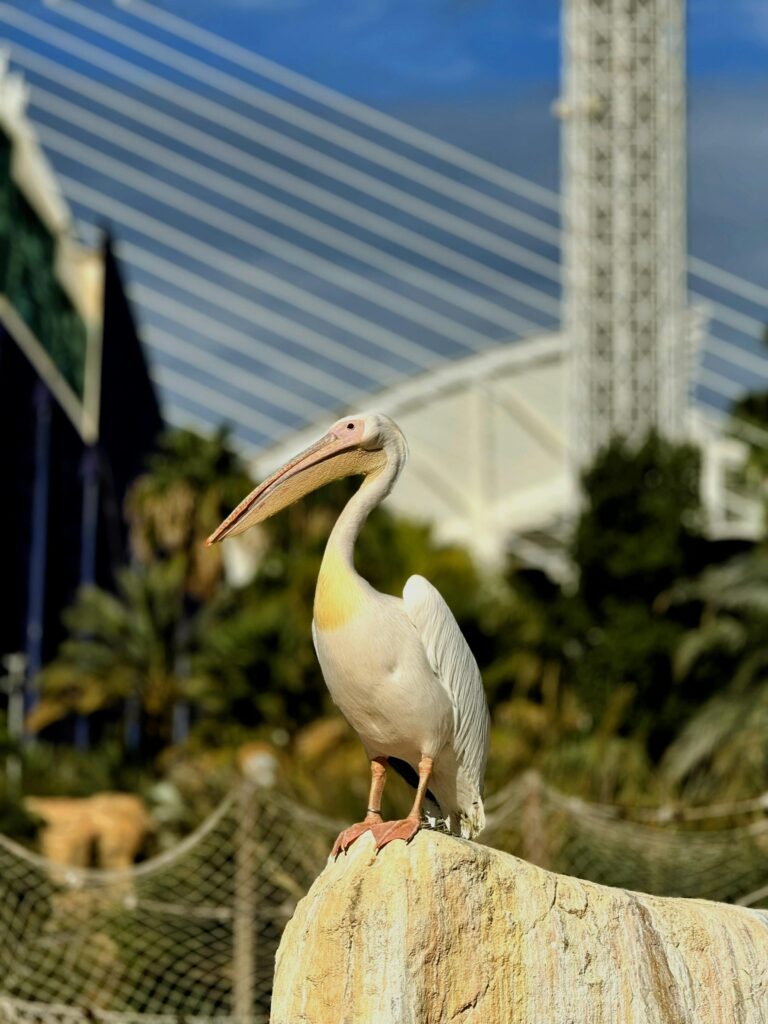
Zoos in and around Tokyo tend to be focused not on the research aspect of modern biology, but rather on the display of animals to the public. Usually, small public, because many zoos are children’s zoos, with petting and feeding areas. One such example is on the northeastern outskirts of Tokyo, in Adachi, where the Adachi Park of Living Things provides the ability to see and interact with friendly animals. Needless to say, it is a hit with children.

The same is true for the Itabashi Children’s Zoo, which actually has two branches, one in Itabashi and one in Higashi-Itabashi. Both zoos offer the ability to interact with animals, including free-roaming goats and sheep, and pony rides. Edogawa also has a zoo featuring nature experiences, which may be a little more interesting for adults than the exhibits aimed squarely at children. Here, you can see and interact with more traditional zoo animals, although the focus is still on children’s interactions with the animals. Moreover, the entrance is free.
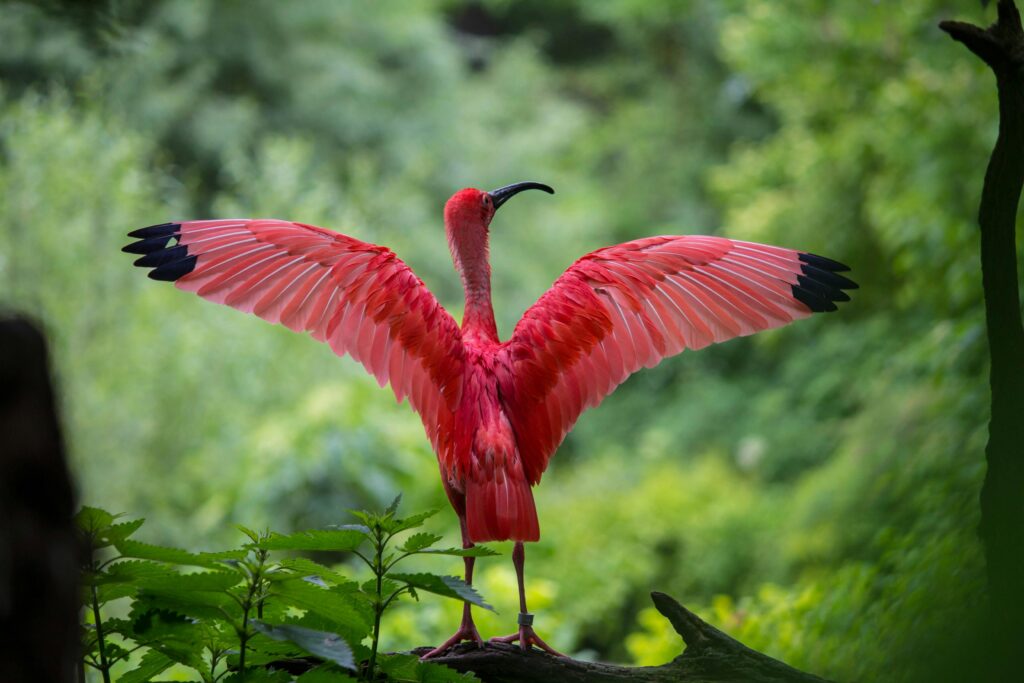
Japan is the land where animal cafés were invented, and you may have heard that there are cafés featuring everything from iguanas to alpacas. Remember that many animals (such as owls) featured in the cafés are nocturnal and actually do not take kindly to being ruffled during the daytime. And with so many animal cafés, you will probably not be surprised to know that there is an entire indoor zoo in Odaiba. Animeal is like an indoor petting zoo crossed with an animal café.
Zoo for Squirrels
But the most interesting zoo is probably the one focused on one single animal: The squirrel. It is actually located a bit north of Tokyo, in Saitama prefecture, which means it is a good day trip if you combine it with some of the other sights in the area (the tourist attraction of Kawagoe, sometimes known as “little Edo”, is located a few kilometers to the west).
The Squirrel House actually holds chipmunks, which are not indigenous to Japan, but the feeding tends to attract actual squirrels (both the native black and invasive red variety). There are more than 300 squirrels in the park, which is separated from the huge public park with a fence (that does not work for keeping the squirrels in).
Spotting the squirrels is great fun, and you can feed them as well, but they are quite small, so be careful not to step on them.
Stay tuned for more exciting content like this! Follow us on our social media platforms and check out our blog regularly to stay updated on the latest news, trends, and insider stories from Japan. Don’t miss out on future updates — sign up for our newsletter for exclusive content delivered straight to your inbox!



